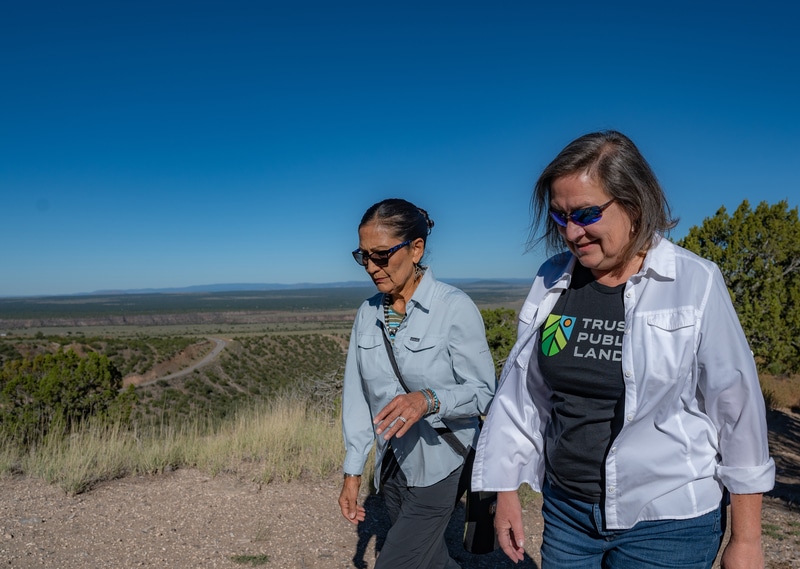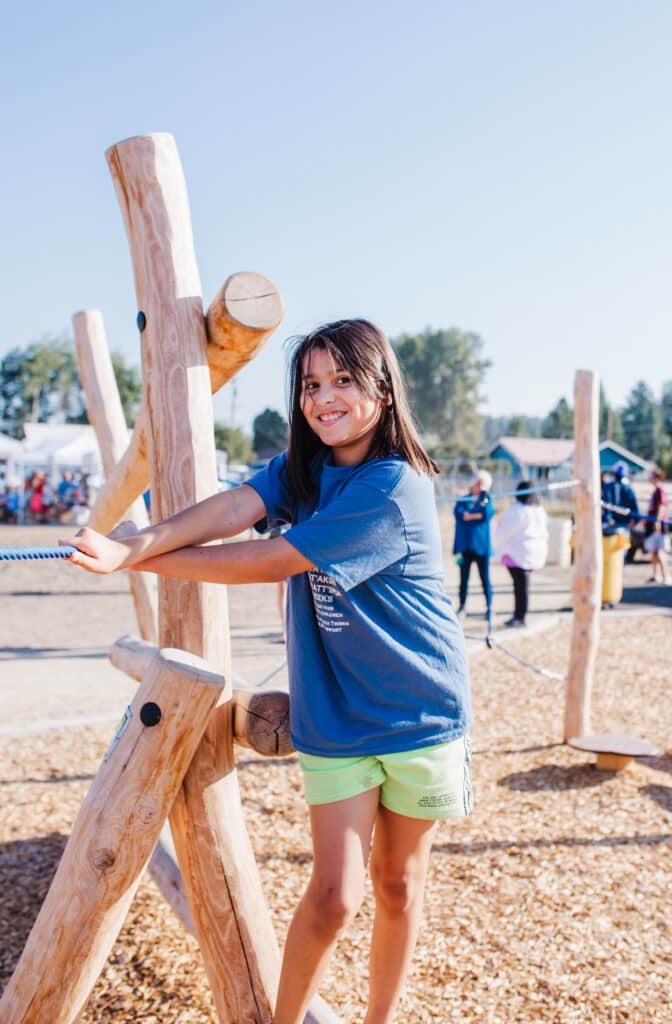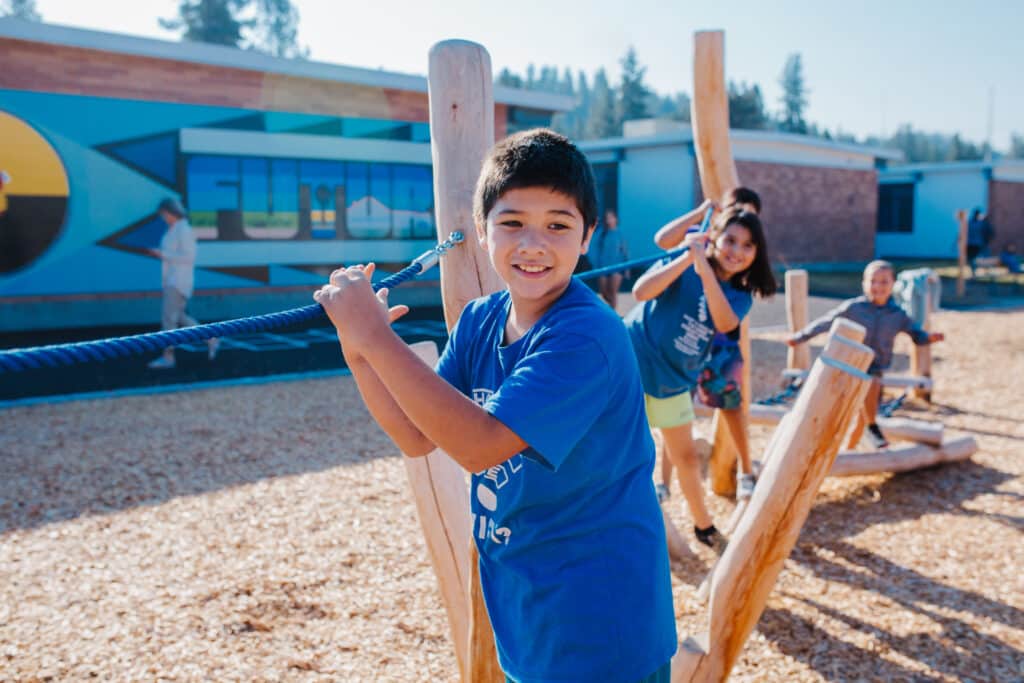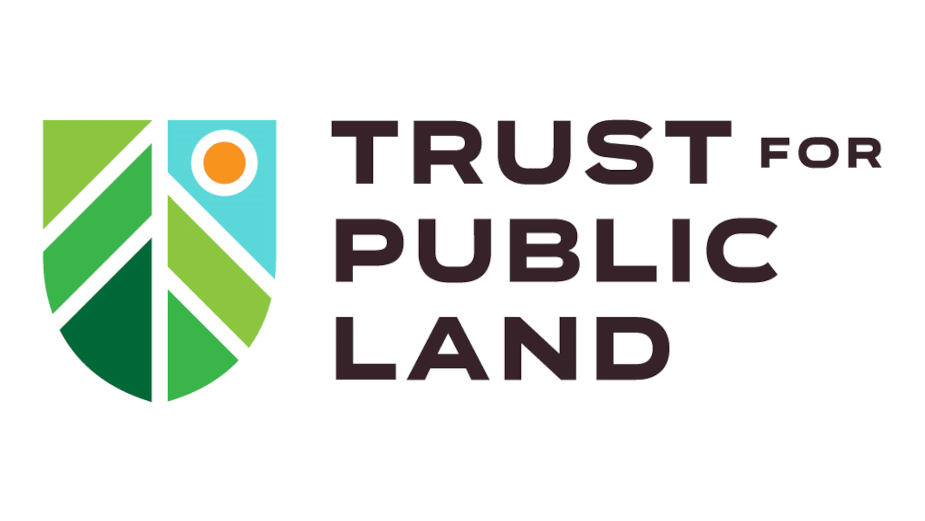
Rethinking Schoolyards with Tribal Communities
By Diane Regas
Diane Regas is the President and CEO of Trust for Public Land (TPL), a national nonprofit that works to connect everyone to the benefits and joys of the outdoors. As a leader in equitable access to the outdoors, TPL works with communities to create parks and protect public land where they are needed most. In this blog, Diane discusses the recent opening of the Chiloquin Elementary schoolyard and how a new pilot program is leading the way for more community schoolyards around the country.
In a small valley surrounded by mountains in southern Oregon, the rural community of Chiloquin would seem to have ample access to the outdoors. But this capital of the Klamath Tribes has struggled economically since the area’s timber industry declined in the 1980s. And today there are few outdoor gathering places, especially for children.
With the recent reopening of the Chiloquin Elementary schoolyard, however, children now have a beautiful place to play, and residents have a place to honor the Klamath Tribes’ history and culture. The 8-acre schoolyard has amenities like a covered basketball court, walking paths, a restored meadow, and an outdoor classroom. The schoolyard also doubles as a community park, available to residents after school and on weekends.
To celebrate the tribe’s heritage, the schoolyard features plant species such as chokecherry, huckleberry, ipos (a perennial herb), native plum, and Indian celery, which hold special significance for the tribe. There are signs in both English and Klamath explaining harvest cycles and hunting traditions.
Art Ochoa, a tribal member and retired educator, guided this project. He says the new schoolyard closed the so-called park equity gap in a community that has struggled with unemployment and poverty. The renovated schoolyard, which opened last August, fills in other blanks too.
“There was a lot of culture lost, a lot of language, a lot of understanding among children about who they were,” Art explains. “And I think this schoolyard is going to help both Native and non-Native kids understand the development and history of the Klamath Tribes a little better. And with that understanding, sometimes barriers are broken down.”

Trust for Public Land (TPL) used its Community Schoolyards™ model to bring the community’s vision to life and to fortify the space for climate change, including abundant tree shade. Nationwide, TPL has partnered with nearly 300 schools to reimagine asphalt or uninspired schoolyards.

Thanks to a new federal partnership, we are about to embark on more Community Schoolyards projects in Tribal communities. Secretary of the Interior Deb Haaland recently announced a pilot program between the Interior Department’s Bureau of Indian Education (BIE) and Trust for Public Land to create nine Tribal Community Schoolyards.
The initiative advances BIE’s mission of providing culturally relevant, high-quality education to Tribal communities’ children while addressing environmental justice and community health. The pilot program means more children will gain access to healthy forms of recreation.
The nine pilot schools were identified through a data-driven process that prioritized locations on the potential to bolster health, education, and environmental justice. The locations include Crazy Horse School, Pine Ridge School, and Rock Creek Grant School, all in South Dakota; Santa Fe Indian School and Wingate Elementary School, both in New Mexico; John F. Kennedy Day School in Arizona; Coeur d’Alene Tribal School in Idaho; Northern Cheyenne Tribal School in Montana, and Menominee Tribal School in Wisconsin.
For the pilot program, tribal and Indigenous voices will lead the design, creation, and activation of the schoolyards, tapping centuries of knowledge and inspiring future generations of leaders.
The design process is already underway, and schools have identified event tipi’s, longhouse classrooms, woven sunshades crafted by Indigenous artists, restored meadows and places for students to dig, build, and create outside as priority elements to promote learning in and from the landscape—an essential component to Indigenous knowledge.

Trust for Public Land has been fortunate to work with 70 tribal and Indigenous communities for decades, protecting or returning more than 250,000 acres. Through these partnerships, we have learned the sacred power of being rooted in culture, practice, tradition, and spirit with the land.

To learn more about Diane Regas, follow her on Twitter at @DianeRegas. To learn more about the work of Trust for Public Land, visit tpl.org and follow them on Twitter at @tpl_org.